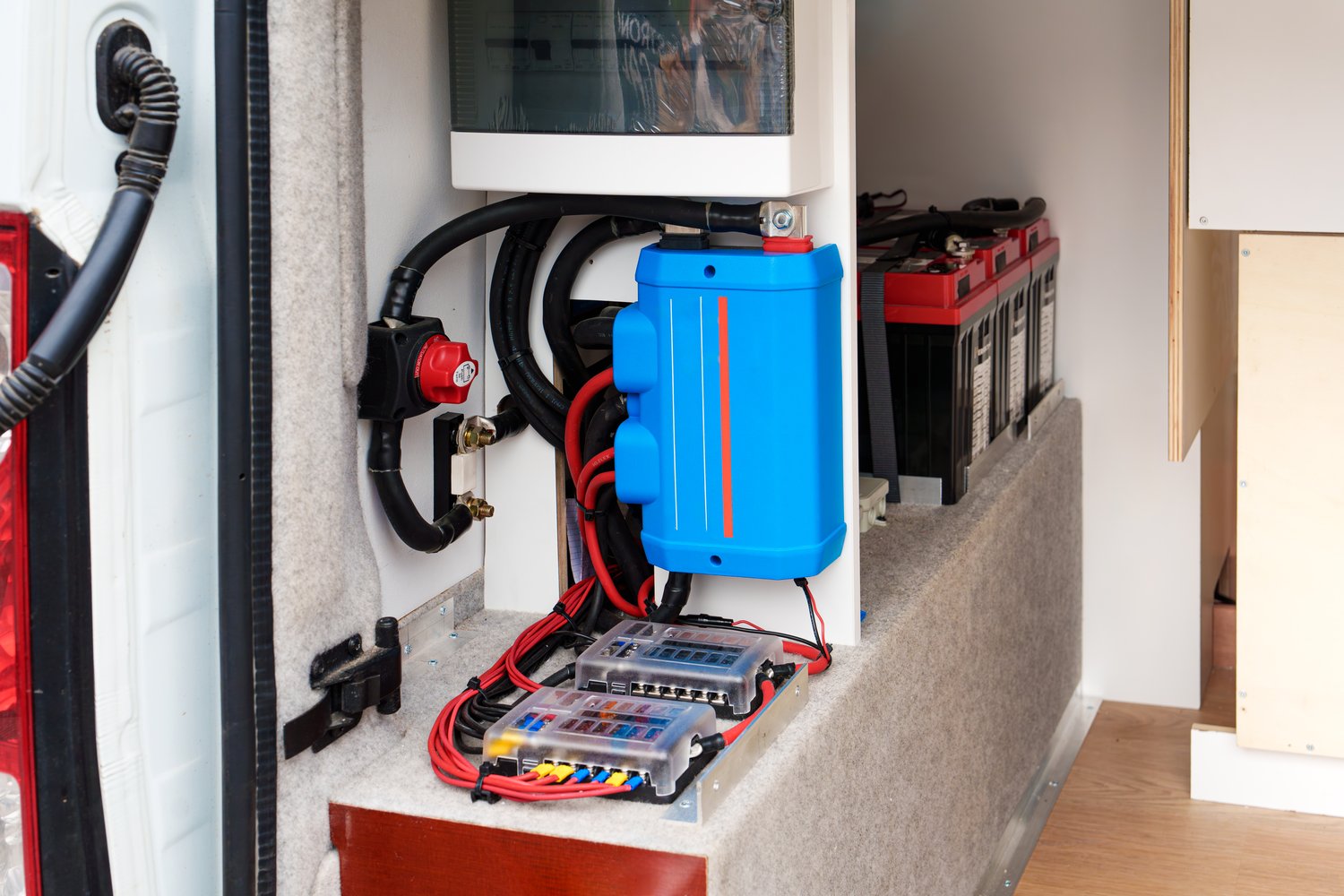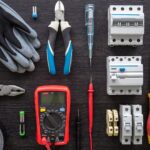A sudden failure in your home battery backup system can disrupt more than just your routine, leaving you in the dark—sometimes literally. Understanding how to swiftly and effectively respond not only protects your household but also safeguards your investment in sustainable energy solutions. Before panic sets in, let’s delve into the crucial steps and insights needed to regain control and ensure your system’s longevity.
- Explore the common causes of battery backup failures and learn how to safely respond to minimize risks.
- Identify key components such as batteries, inverters, and control units to quickly pinpoint potential failure areas.
- Access step-by-step troubleshooting methods to resolve common issues and restore functionality efficiently.
By the end of this guide, you’ll be well-equipped to handle unexpected failures and maintain the integrity of your home battery backup system. Join a community of informed energy users, ready to share insights and experiences for a sustainable future.
Effective Troubleshooting for Home Battery Backup System Failures
Mastering effective troubleshooting techniques is essential when dealing with home battery backup system failures. These systems are integral to maintaining uninterrupted power supply, so knowing how to diagnose and resolve issues quickly can help you minimize downtime and maintain energy efficiency.
Begin your troubleshooting by examining the basic components of the system. Start with the battery bank, as these are often the first to show signs of failure. Common symptoms include significant drops in charge capacity or physical damage, such as swelling. Check for loose or corroded connections, which can impede performance.
Next, move on to the inverter. Ensure it’s correctly converting DC power from the batteries to AC power for your home. Frequent tripping or not turning on are signs of inverter problems. Verify settings and ensure that your inverter is configured correctly for the type and size of your battery bank.
The control unit is another vital component. It regulates the flow of electricity and monitors system health. Look for error codes or warning lights on the display panel, which can offer clues about underlying issues. Resetting the control unit might resolve temporary glitches.
Software issues can also affect system functionality. Most modern battery backup systems include a software interface for monitoring performance. Ensure the software is up-to-date and check for errors or unusual data trends.
For persistent issues, consulting the manufacturer’s manual is advisable, as it provides specific troubleshooting guidance for your model. Enlisting the help of a certified electrician can also be beneficial to ensure safety and accurate diagnosis.
Proactive maintenance is critical. Routinely check connections, battery voltage levels, and firmware updates to prevent future failures. By staying vigilant, you can help ensure that your battery backup system remains reliable.
Understanding Home Battery Backup System Failure and Emergency Response
Home battery backup systems are invaluable in maintaining continuous power during outages. However, they can sometimes fail, causing inconvenience and potential safety hazards.
Common causes of battery backup system failures include improper installation, battery degradation, and inverter malfunctions. Environmental factors, such as extreme temperatures and humidity, can also contribute to deterioration.
In an emergency, safety should be the top priority. Immediately disconnect the system to prevent electrical hazards, and inspect visible components for signs of damage or wear. Avoid attempting complex repairs without professional knowledge or tools.
Having a basic emergency response plan in place ensures minimal risks and downtime. Regular training on electrical safety can significantly enhance your capability to respond effectively. Using professional maintenance services can further reduce the likelihood of system failures.
Key Components of a Battery Backup System
A home battery backup system is composed of several critical components that work together to ensure a reliable power supply.
The batteries themselves are the heart of the system, storing energy for use during power outages. It’s important to select the right type and capacity for your energy needs.
Inverters play a crucial role by converting stored DC power from the batteries into AC power, which is usable by most household appliances. Ensuring your inverter is of high quality and correctly sized is vital for optimal performance.
Control units, often equipped with monitoring software, oversee the entire system’s operation. These units manage the charging and discharging cycles and often provide alerts on system status.
Each component can be a potential point of failure, so understanding their roles and how they interact can help in identifying and troubleshooting issues effectively.
FAQs on Battery Backup System Failures
What are the most common causes of battery backup system failures?
Common causes include battery degradation, inverter faults, and control unit malfunctions.
How can I safely respond to a battery backup failure?
First, ensure personal safety by avoiding direct contact with exposed wires and immediately shutting down the system if there are obvious risks.
What should I check first when troubleshooting a battery backup system?
- Inspect the battery for physical damage or leaks.
- Ensure the inverter is properly connected.
- Check for any error indications on the control unit.
How can I prevent future battery backup system failures?
Regular maintenance, including checking battery health and ensuring all connections are secure, is crucial.
Is it necessary to involve a professional for all battery backup issues?
For major issues or if you’re unsure about the safety of troubleshooting, it is advisable to contact a certified professional.





